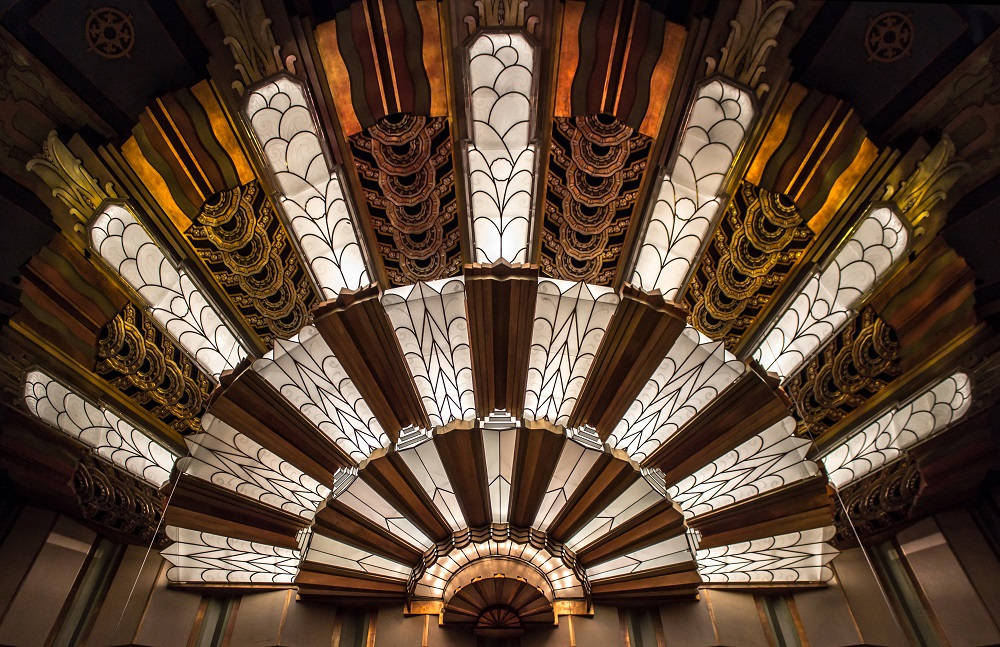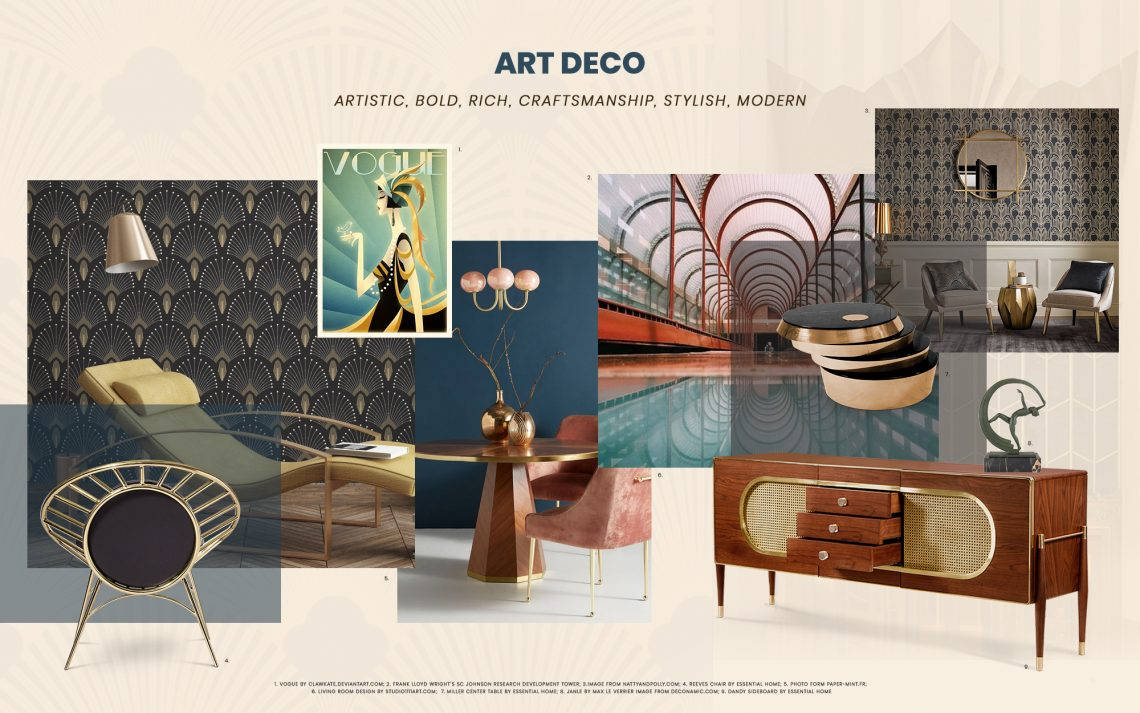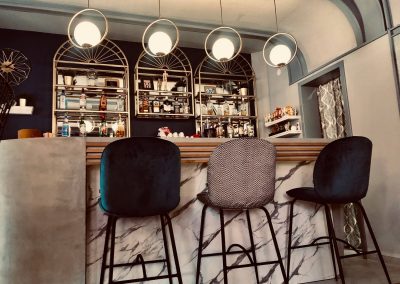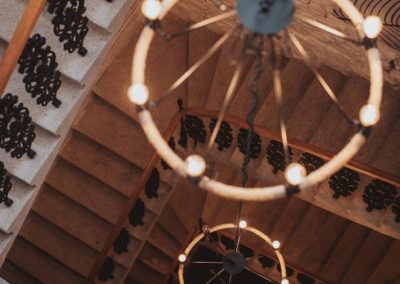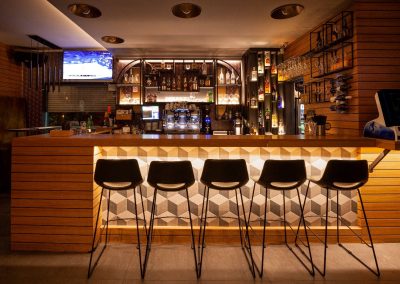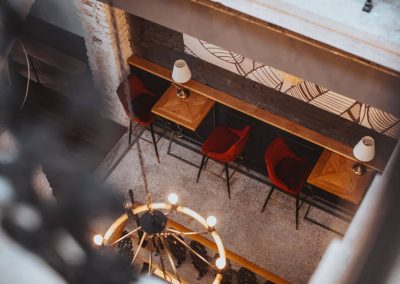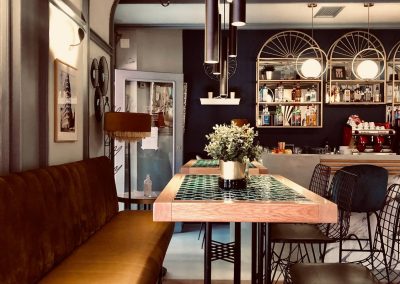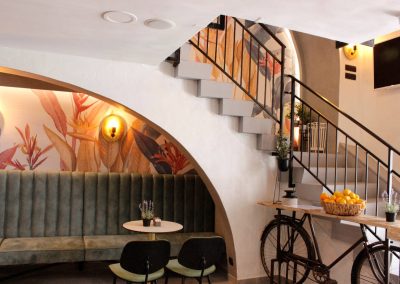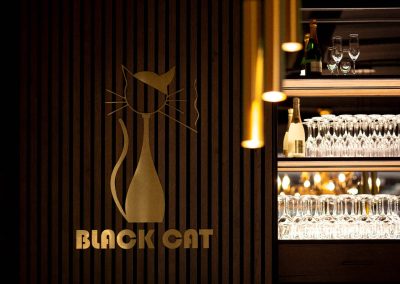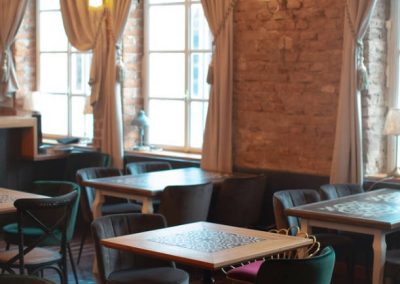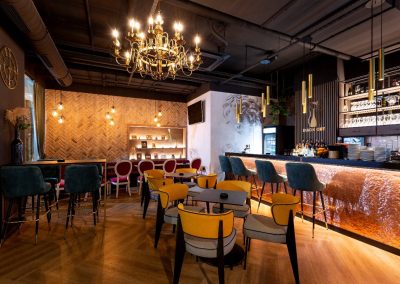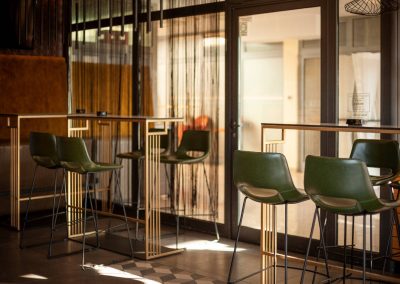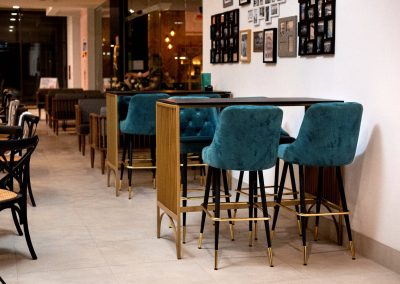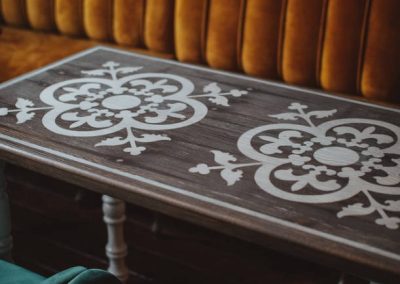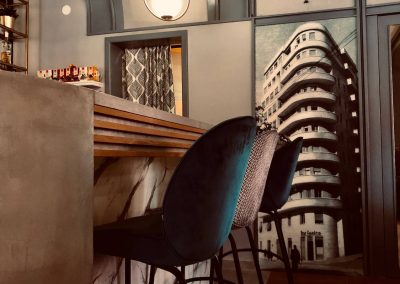When decorating interiors, we at Život Design always try to let the project we’re working on guide us, and at the same time, while respecting the rules of the profession, we allow ourselves the freedom and creativity that comes from sometimes bypassing the rules and guidelines imposed by a certain style. Every space we come across has its own potential, so according to that, and in agreement with the clients, we choose how we will breathe life into it (again). Although each space is a story on its own, often from the very beginning, either because of the purpose, the client’s wishes, or the features of the space itself, a certain style is imposed from which we draw inspiration. In the world of interior design, there are dozens of styles, and in order to make it easier for you to navigate and choose one that fits your wishes best, we have decided to present the ones we and our clients choose most often.
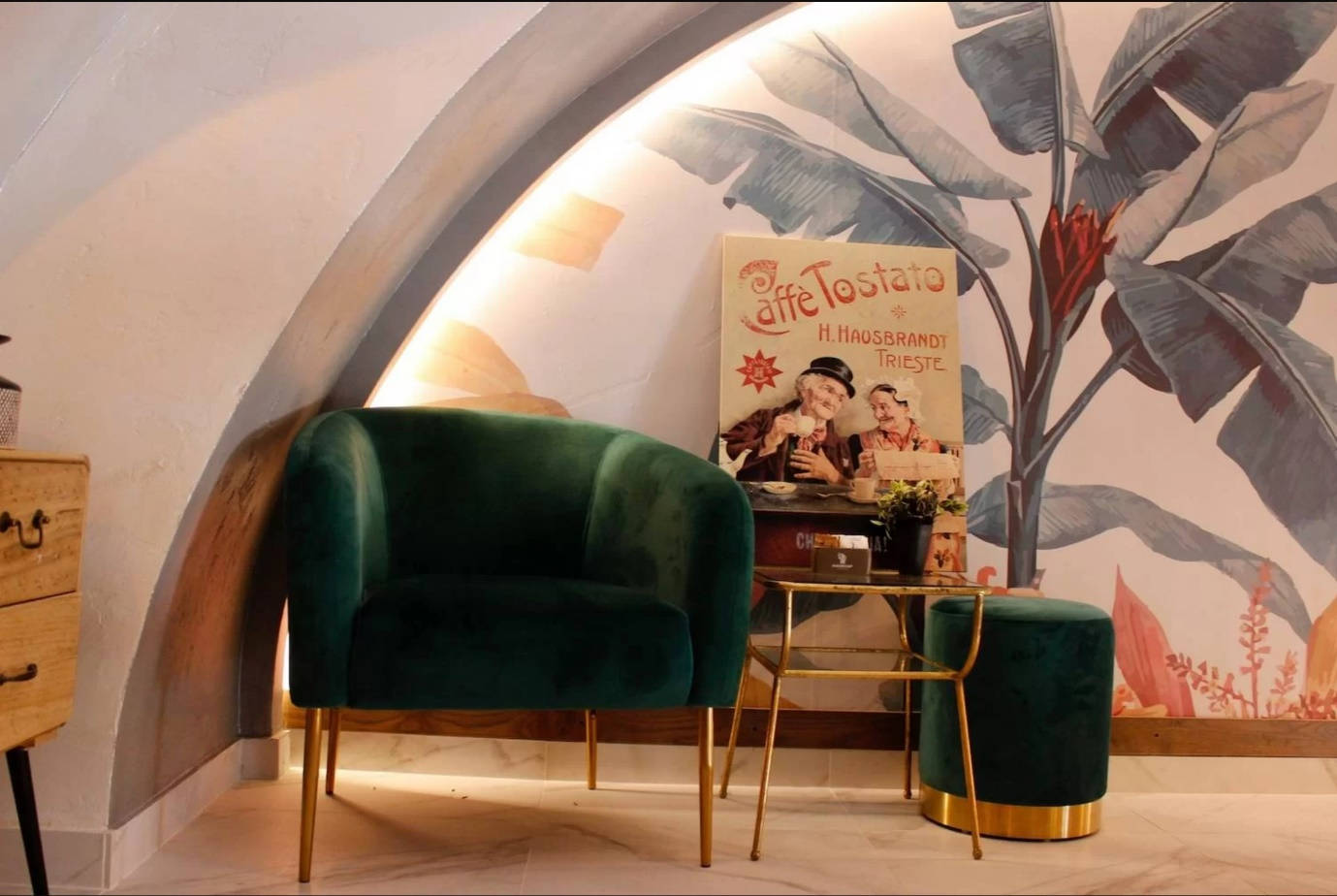
Academia Hausbrandt Caffe by Život Design
We begin our journey through styles in interior design by taking you back in time: to the years twenties and thirties of the last century. Art Deco is the name of a movement in applied arts and architecture that originated in Paris in 1925, and in addition to interior design, it includes architecture, painting, sculpture, fashion, and is also manifested as a cultural phenomenon.
What we now call Art Deco was named after the “Exposition Internationale des Arts Décoratifs” exhibition held in Paris in 1925 and summarizes the spirit of that time: the bourgeois fascination with exotic and luxurious materials and the avant-garde, the influences of French Cubism, straight, geometric lines and the diagonals of Russian constructivism and the fascination with speed and modernism that came with Italian futurism. These are exactly the features of art deco in interior design: focus on richly decorated geometric forms; decorative and not only utilitarian function of objects, paintings and sculptures, where unusual and expensive materials are used to give the impression of luxury.
The fascination with modernism, industrial machines, cars and speed is manifested in the use of simple flat forms, symmetry and repetition of patterns. Art Deco combines the simplicity of geometric forms with expensive, luxurious materials and exotic patterns: some of the characteristic
motifs are conventionally depicted female nudes, animals, leaves and sun rays.
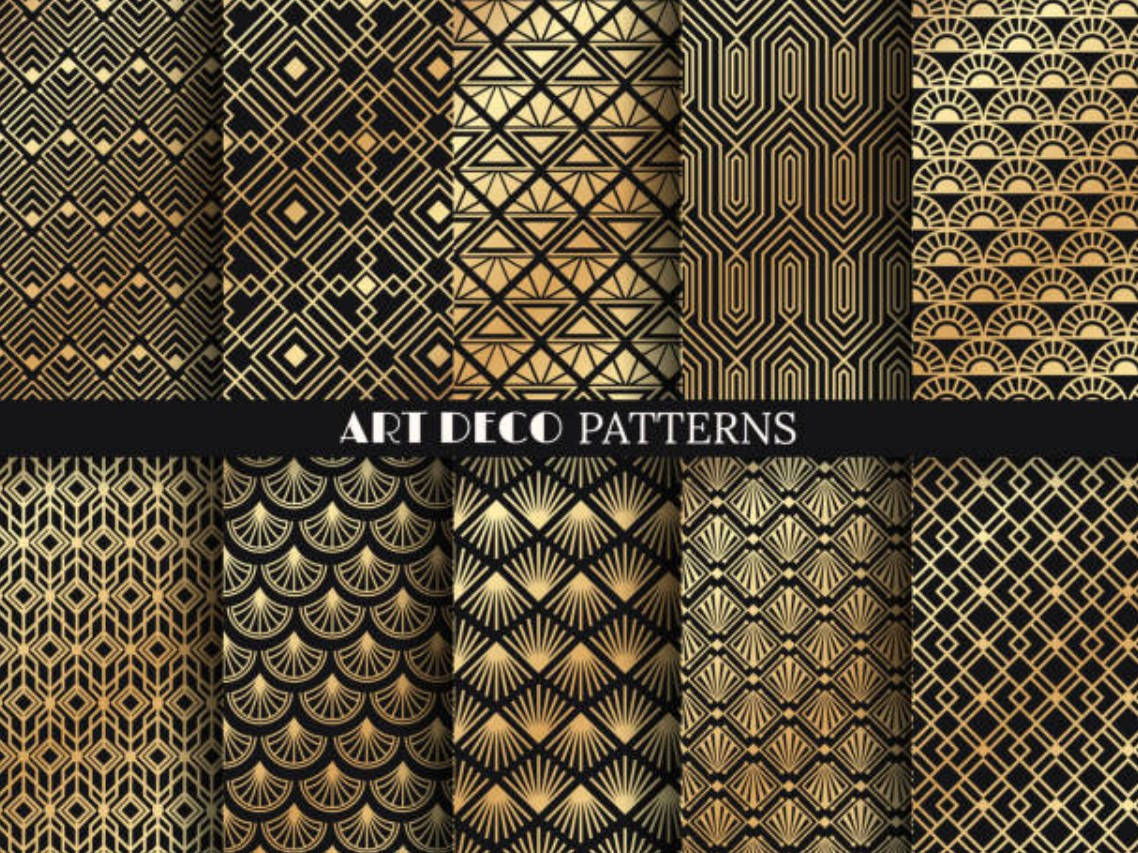
Image source: https://www.istockphoto.com/search/2/image?mediatype=illustration&phrase=art+deco+design
The most famous authors of Art Deco in France were furniture designers Jacques Ruhlmann and Maurice Dufrene, goldsmiths Raymond Templier and Jean Puiforcat, jewelry and glass designer Rene Lalique, and fashion designers Erte and Paul Poiret. The direction has also gained great popularity in America, where the classic examples are the Chrysler Building by William Van Alen and the Empire State Building, work of Shreve, Lamb & Harmon company.
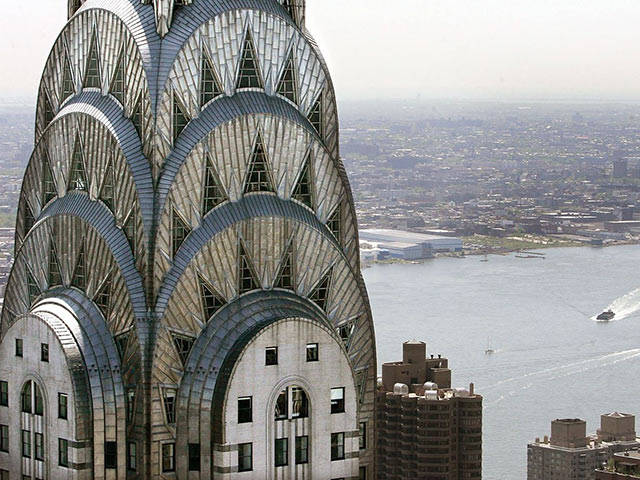
Chrysler Building by Williama Van Alen
(image source: https://edition.cnn.com/style/article/famous-buildings-new-york-city/index.html)
The Art Deco period lasted until the Second World War, when, due to social and historical changes, aesthetic values began to change, so this luxurious decorative style was replaced by more functional and simpler styles in accordance with the new spirit of the times.
However, in the world of interior design, tastes and principles are cyclical, so it’s no surprise that this style is once again in high demand. It works well in private, and especially in public spaces, where the measured use of elements and principles characteristic of Art Deco can refine the space and give it a new dimension: the luxurious, slightly avant-garde one that evokes nostalgia.
When decorating public spaces, we are often inspired by the geometric, symmetrical shapes and forms of Art Deco, its opulent colors in jewel tones, rich materials and textures such as steel, brass, gilding and rich wallpapers, opulent lighting elements and details that go a long way. We present to you some of the interiors that we decorated, which were inspired by this style. We hope they will inspire you too.
Caffe Bar Kvarner, Rijeka
Caffe Bar Kvarner, Rijeka (link: https://zivot-design.com/project/caffe-bar-kvarner/)
Domestic House Lola, Vukovar
Domestic House Lola, Vukovar (link: https://zivot-design.com/project/domestic-house-lola/)
Mocca Bar- Coffee House, Rijeka
Mocca Bar- Coffee House, Rijeka (link: https://zivot-design.com/project/mocca-bar-coffee-house/)
Domestic House Lola, Vukovar
Domestic House Lola, Vukovar (link: https://zivot-design.com/project/domestic-house-lola/)
Caffe Bar Kvarner, Rijeka
Caffe Bar Kvarner, Rijeka (link: https://zivot-design.com/project/caffe-bar-kvarner/)
Academia Hausbrandt Caffe, Rijeka
Academia Hausbrandt Caffe, Rijeka (link: https://zivot-design.com/project/academia-hausbrandt-caffe/)
Caffe Bar Black Cat, Rijeka
Caffe Bar Black Cat, Rijeka (link: https://zivot-design.com/project/caffe-bar-black-cat/)
Domestic House Lola, Vukovar
Domestic House Lola, Vukovar (link: https://zivot-design.com/project/domestic-house-lola/)
Caffe Bar Black Cat, Rijeka
Caffe Bar Black Cat, Rijeka (link: https://zivot-design.com/project/caffe-bar-black-cat/)
Mocca Bar- Coffee House, Rijeka
Mocca Bar- Coffee House, Rijeka (link: https://zivot-design.com/project/mocca-bar-coffee-house/)
Caffe Bar Black Cat, Rijeka
Caffe Bar Black Cat, Rijeka (link: https://zivot-design.com/project/caffe-bar-black-cat/)
Domestic House Lola, Vukovar
Domestic House Lola, Vukovar (link: https://zivot-design.com/project/domestic-house-lola/)
Caffe Bar Kvarner, Rijeka
Caffe Bar Kvarner, Rijeka (link: https://zivot-design.com/project/caffe-bar-kvarner/)
